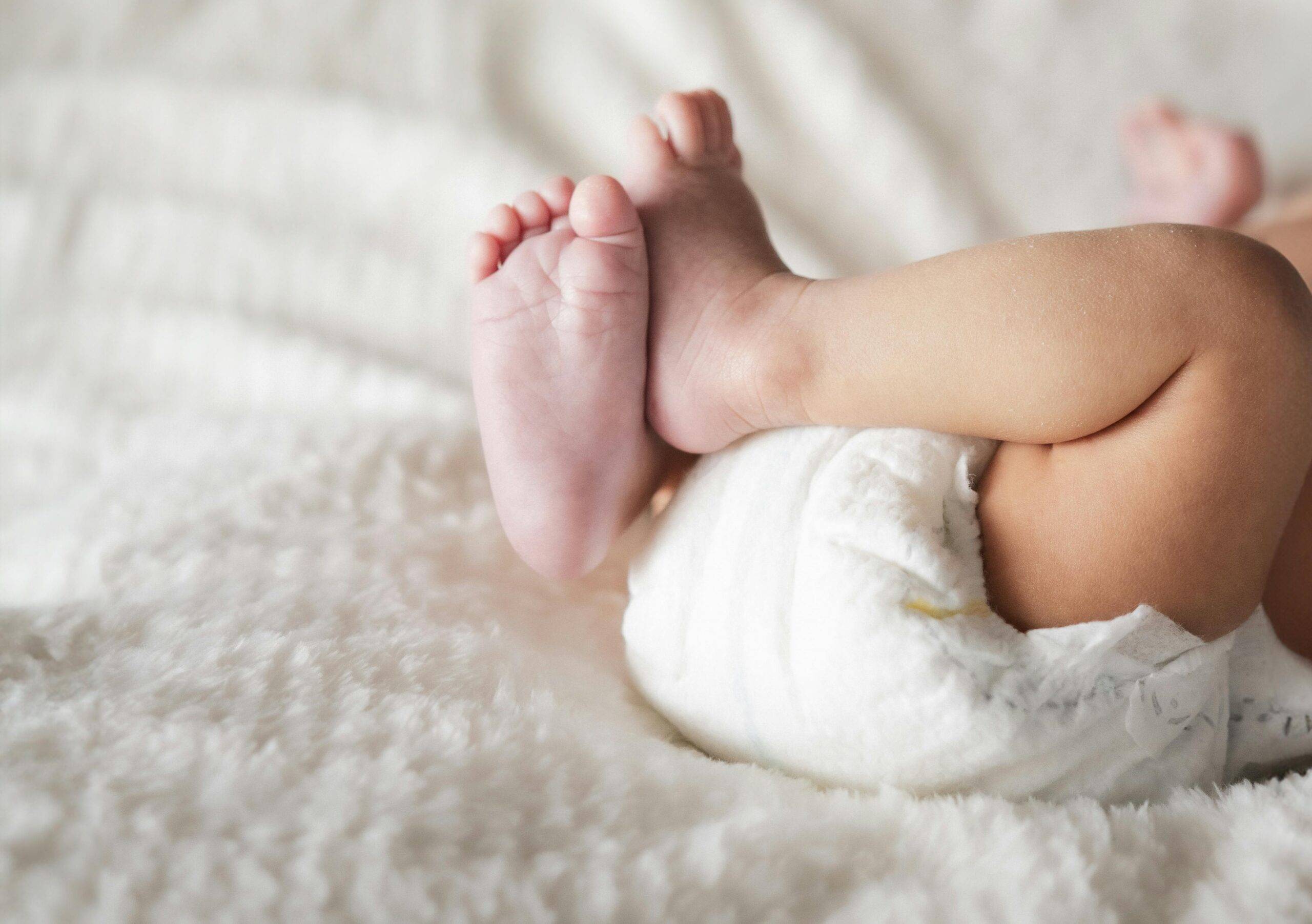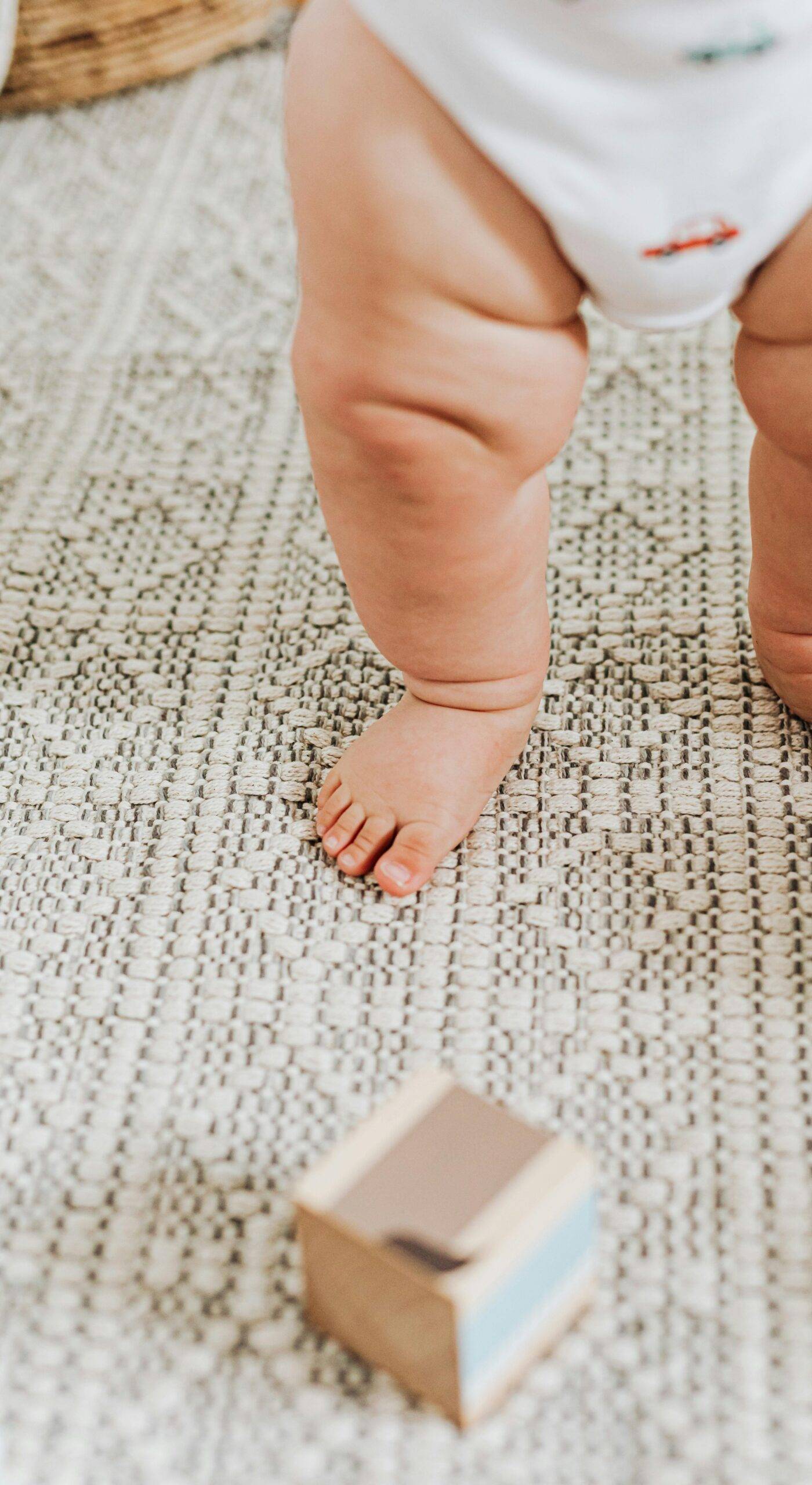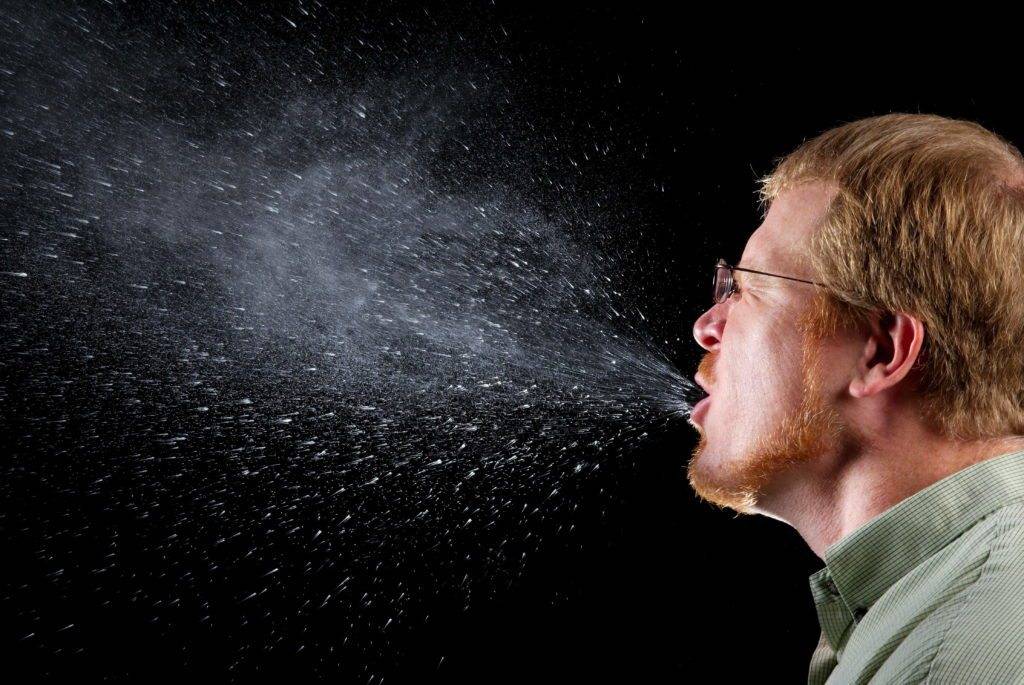When your baby’s diaper rash won’t go away, it can leave you feeling helpless and frustrated. Most diaper rashes clear up quickly with regular diaper changes, gentle cleansing, and barrier creams like petroleum jelly or zinc oxide. But what happens when the rash is stubborn, redder than usual, or spreading?

Many parents start looking for stronger solutions and may come across Lotrimin, a cream that contains an antifungal ingredient called clotrimazole. But the big question is: Is Lotrimin safe for babies? This post will help you understand:
- What causes persistent diaper rash
- When Lotrimin might be appropriate
- Whether it’s safe for infants
- And how to use it correctly—but only under a doctor’s guidance
Let’s dig into this important topic that affects so many parents.
What Causes Diaper Rash in Babies?
Most diaper rashes happen for common reasons, and they typically heal with over-the-counter barrier creams and better diapering routines. Here are the most common causes:
1. Wetness and Moisture
Diapers keep moisture close to your baby’s skin. Prolonged contact with urine or stool can lead to irritation, redness, and painful rashes.
2. Friction
Diapers that are too tight or rub against the skin can cause raw, chafed areas—especially on thighs and buttocks.
3. Irritants
Soaps, baby wipes, or even certain brands of diapers with fragrances or harsh chemicals can cause irritation or allergic reactions. These types of rashes are typically
- Red and inflamed
- Flat with no distinct edges
- On areas outside the skin folds
Barrier creams and keeping the area clean and dry usually help within a few days.
Could it be a Yeast Infection?
If your baby’s diaper rash isn’t going away after 2-3 days or seems to be getting worse, there could be another culprit: yeast.
What is Yeast (Candida)?
Candida is a fungus that lives on our skin and in the digestive system. It usually doesn’t cause any problems. But when the skin becomes irritated—like during a diaper rash—yeast can grow out of control.
Signs of a Yeast Diaper Rash
- Bright red rash with sharp edges
- Satellite lesions: small red dots or bumps surrounding the main rash
- Rash inside skin folds (thigh creases, buttocks)
- Doesn’t improve with typical diaper rash treatments
- May appear shiny or slightly raised
Yeast diaper rashes often occur after a round of antibiotics (which can upset your baby’s natural skin balance) or when a regular rash is left untreated for too long. This is when your pediatrician may recommend Lotrimin or another antifungal cream.
What Is Lotrimin?
Lotrimin is the brand name for a medication that contains clotrimazole.
What is Clotrimazole?
Clotrimazole is an antifungal drug. It works by breaking down the cell walls of fungi and stopping their growth. Lotrimin is commonly used to treat:
- Athlete’s foot
- Jock itch
- Ringworm
- Yeast infections, including yeast diaper rashes
When Might Lotrimin be Used for Babies?
Lotrimin (clotrimazole) isn’t the first treatment you should grab for a diaper rash. But in cases of a confirmed yeast infection, your pediatrician might recommend it.
Appropriate Use Cases:
- Persistent rashes lasting longer than 3 days
- Rash with defined edges and satellite lesions
- Rash spreading inside skin folds
- Barrier creams aren’t helping
- Baby recently took antibiotics
If your pediatrician examines your baby and suspects a yeast diaper rash, Lotrimin can help clear the infection in just a few days. It should be emphasized that this should never be your first line of treatment without a medical recommendation.
Is Lotrimin Safe for Babies?
Yes—when used correctly and under medical guidance, Lotrimin is considered safe for babies.
Safety Notes:
- Use only as prescribed: Never guess or self-diagnose a yeast rash.
- Don’t use Lotrimin on irritated skin from regular diaper rash. It won’t help and could cause discomfort.
- Only apply externally: Never use Lotrimin inside the diaper area if the skin is broken, bleeding, or severely damaged unless advised by a doctor.
Always consult your pediatrician before starting any new medication—even something available over the counter like Lotrimin.
How to Use Lotrimin for Diaper Rash (if advised by a doctor)
If your pediatrician recommends Lotrimin, follow these steps for safe and effective use:
Step-by-Step Instructions:
- Clean the area gently: Use warm water and a soft cloth to clean your baby’s diaper area. Avoid using scented wipes.
- Pat completely dry: Let your baby air out if possible. Moisture makes yeast grow faster.
- Apply a thin layer of Lotrimin: Cover the red areas and any satellite lesions (those little red spots nearby).
- Follow the schedule: Most doctors suggest applying twice daily, but stick to your pediatrician’s instructions.
- Don’t stop early: Keep using the cream for the full duration, even if the rash looks better in a day or two.
- Add a barrier cream (if needed): You can put a barrier cream like Aquaphor or zinc oxide over the antifungal to protect the area.
This combined approach helps treat the infection while protecting the skin from further irritation.
Are There Any Side Effects?
Lotrimin is usually safe and well-tolerated when used properly on babies. But like all medications, it can sometimes cause mild side effects.
Possible Mild Side Effects
- A slight burning or stinging sensation when first applied
- Mild itching
- Redness at the application site
- Occasional peeling or dryness of the skin
These side effects are uncommon and usually go away quickly.
When to Call the Doctor
- If the rash gets worse instead of better
- Your baby shows signs of pain or discomfort when you apply the cream
- Any symptoms of an allergic reaction, such as swelling of the face or lips, hives or welts, and trouble breathing
Always keep a close eye on your baby’s skin and behavior during treatment. If something feels off, don’t wait—contact your pediatrician.
Are There Alternatives to Lotrimin?
Absolutely. Lotrimin (clotrimazole) isn’t the only option for treating yeast diaper rash in babies. Your pediatrician might recommend a different antifungal based on your baby’s needs and medical history.
Common Alternatives to Lotrimin:
- Nystatin: Often the first choice for treating yeast infections in infants. It’s safe, effective, and commonly prescribed for diaper-area Candida infections.
- Miconazole (Monistat): Works similarly to clotrimazole and is available over the counter. It’s another go-to option for mild fungal rashes.
- Prescription-strength antifungal creams: For severe or persistent rashes, your doctor may prescribe stronger topical treatments to clear the infection.
Important Tip:
Avoid using more than one antifungal cream at the same time unless your pediatrician tells you to. Mixing products can irritate your baby’s skin or reduce the effectiveness of treatment. Here’s a simple, parent-friendly comparison chart of common antifungal creams used for yeast diaper rash in babies:
Comparison Chart: Antifungal Creams for Yeast Diaper Rash
| Antifungal Cream | Active Ingredient | Prescription Needed? | Commonly Used For | Notes |
| Lotrimin | Clotrimazole | No | Yeast diaper rash, ringworm, athlete’s foot | Effective for mild to moderate yeast infections |
| Nystatin | Nystatin | Yes | Yeast diaper rash (especially in babies) | Often first-line treatment for infants |
| Monistat | Miconazole | No | Yeast infections (vaginal and skin) | Similar to Lotrimin, available over the counter |
| Ketoconazole Cream | Ketoconazole | Yes | More persistent or severe fungal rashes | Stronger option used when other treatments don’t work |
| Triple Paste AF | Miconazole | No | Diaper rash with fungal involvement | Combines antifungal with a barrier cream for added protection |
This chart makes it easier to understand the differences and similarities between your options. Always check with your pediatrician before starting any new treatment.
When to See a Pediatrician
Not all diaper rashes are the same. Some clear up fast, but others need medical attention. You should call your pediatrician if:
- The rash has lasted more than 3 days with no signs of improvement
- You see satellite lesions (small red spots around the main rash) or it’s getting worse
- The rash looks yellow, crusty, or is oozing fluid
- Your baby has a fever along with the rash
- There are signs of a bacterial infection, like a foul smell or greenish discharge
Also, if your baby seems very uncomfortable, crying more than usual, or in pain, don’t wait—get help right away. A quick visit to your doctor can make a difference in getting your baby back to feeling good again.
Lotrimin is Safe for Baby’s Yeast Diaper Rash Only if Prescribed by Your Pediatrician

Lotrimin, which contains clotrimazole, can be a highly effective treatment for yeast diaper rash in babies. But—and this is a big “but”—it should only be used under the guidance of a pediatrician. Do not use Lotrimin for routine diaper rashes caused by irritation, wetness, or friction.
Diaper rashes usually respond well to simple fixes like more frequent diaper changes, gentle cleansing, and barrier creams. If your baby’s rash is bright red, spreading, or not improving after a few days, it might be a yeast infection.
That’s when it’s time to call your pediatrician for an accurate diagnosis and treatment plan. Your baby’s skin is delicate and deserves the best care. The right treatment at the right time makes all the difference.
Still unsure? Visit Omegapediatrics.com for expert pediatric care, parenting tips, and more trustworthy health advice tailored for families.
Here are articles for related topics:


